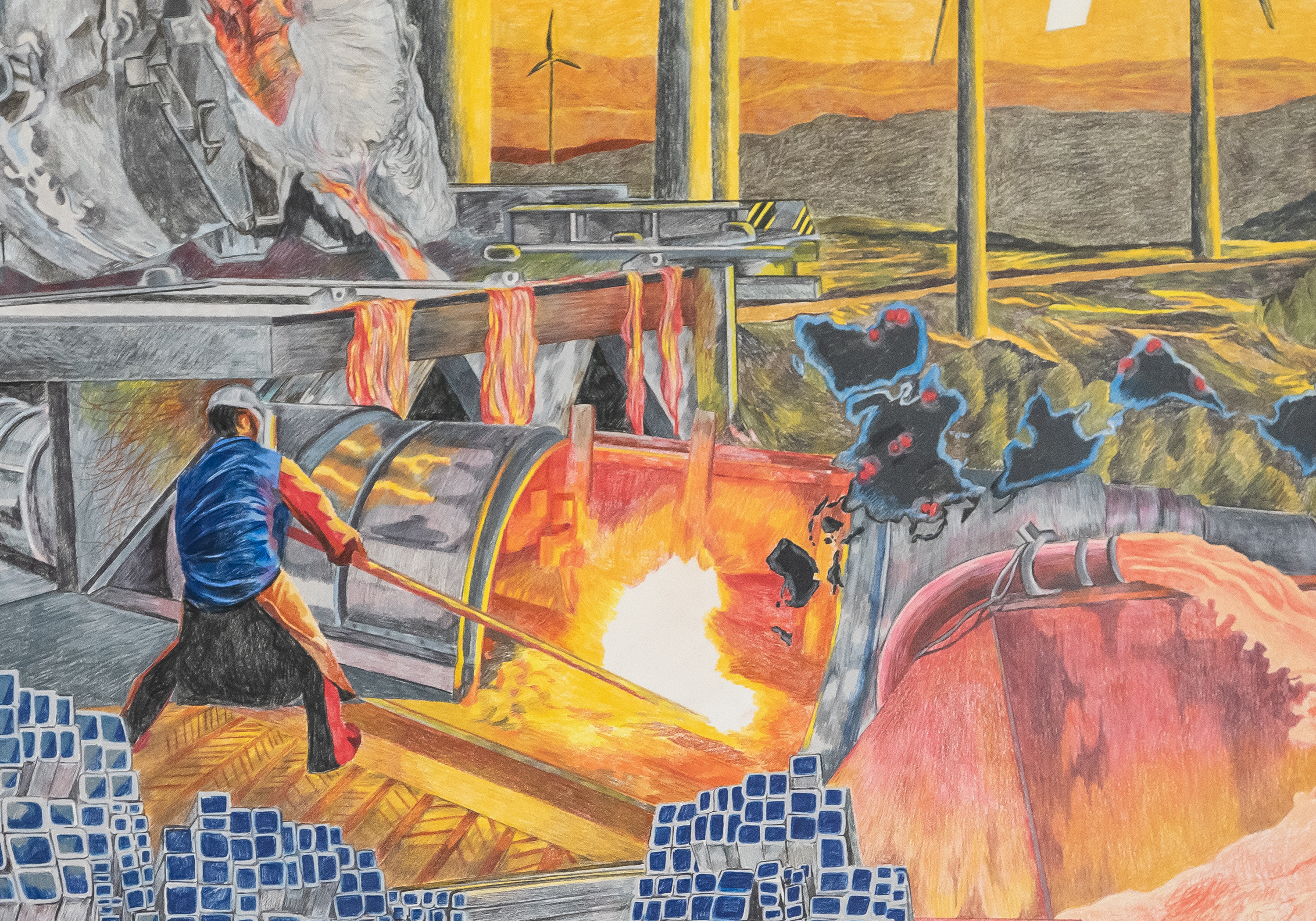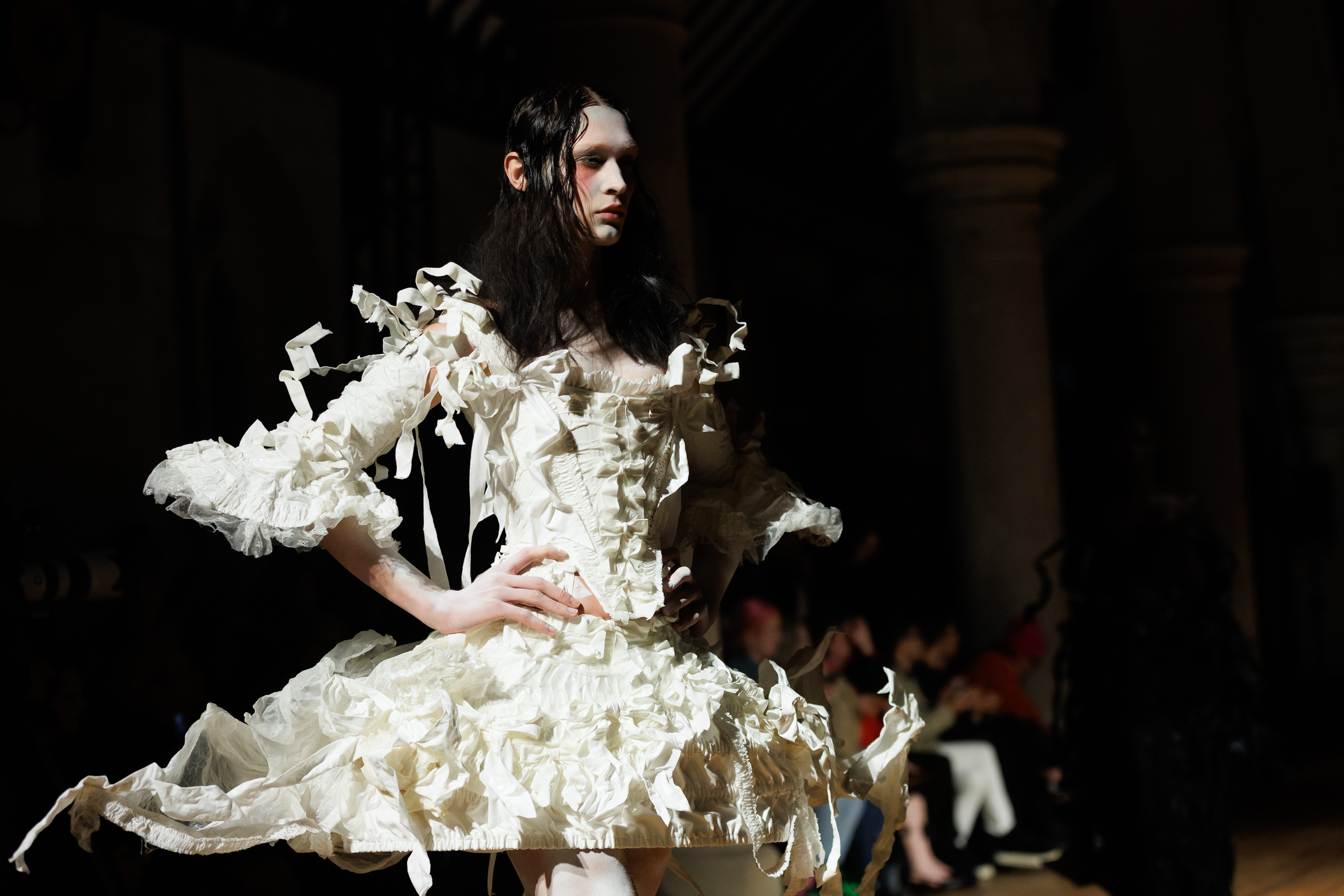AI & Intellectual Property

As AI integrates into creative industries, artists and architects face challenges in protecting intellectual property. Legal and ethical concerns arise, including ownership and copyright issues. We interviewed Francesco Sciaudone, Managing Partner of Grimaldi Alliance, who shared insights on safeguarding AI-assisted works and ensuring transparency in AI-driven creativity.
How can artists and architects protect their intellectual property when using AI in their creative processes, and what should consumers look for to ensure they are purchasing legitimate and original AI-assisted works?
As artists and architects increasingly integrate AI into their creative processes, protecting their intellectual property becomes a paramount concern. Given that traditional IP laws are based on the notion of human authorship, the use of AI complicates questions of ownership. Artists and architects must proactively safeguard their creations by registering them with relevant intellectual property offices. This registration serves as a formal declaration of ownership, providing a legal framework to address disputes.
Moreover, creators should consider implementing digital watermarks or other identification techniques to distinguish their works, thereby protecting against unauthorized use or duplication. This is especially important in the digital realm, where AI can generate high-fidelity replicas of artworks, potentially leading to infringement issues. Contracts with AI technology providers should explicitly outline the ownership of the content produced, ensuring that the human creator retains control over the final product.
Consumers, on the other hand, need to exercise due diligence when purchasing AI-assisted works. They should seek comprehensive documentation that details the creation process, including the role of AI and any human inputs. Provenance documentation, which outlines the history of the artwork's ownership, is critical in this regard.
What key legal considerations should artists and architects keep in mind when integrating AI into their projects, and how can consumers verify the authenticity and legal standing of the AI-generated art or designs they are interested in?
Artists and architects must navigate a complex legal landscape when integrating AI into their projects. One of the most pressing issues is defining ownership rights. Given that AI systems do not have legal personhood, the rights to AI-generated content typically belong to the human creators or the entity that owns the AI system. However, the specifics can vary depending on the terms of use associated with the AI tools or software employed.
To avoid potential copyright infringement, creators must ensure that their AI tools do not inadvertently replicate existing works without proper authorization. This concern is especially pertinent when AI is trained on datasets that include copyrighted material. Artists and architects should be fully aware of the data sources used in training the AI and ensure that these sources are legally compliant. Legal counsel can provide invaluable assistance in navigating these complexities, ensuring that all aspects of the work, from creation to commercialization, adhere to existing laws.
For consumers, verifying the authenticity and legal standing of AI-generated art or designs involves several steps. They should confirm that the artwork is registered with copyright authorities, which provides a measure of legal protection and authenticity. Consumers should also review any licensing information provided with the artwork, which outlines the permissible uses and any restrictions.
What contractual elements should artists and architects include when collaborating with AI technology providers to safeguard their interests, and what terms should consumers be aware of in purchase agreements involving AI-generated creations?
When collaborating with AI technology providers, artists and architects need to carefully draft contracts to safeguard their interests. A key element in these contracts is the clear delineation of intellectual property ownership. The contract should specify who retains the rights to the AI-generated content, particularly in scenarios where the AI system is owned or licensed from a third party. This clarity prevents disputes over ownership and ensures that the creator retains control over the distribution and use of their work.
Confidentiality agreements are another crucial component, protecting against unauthorized disclosure of information that could compromise the creator's competitive edge or infringe on personal data privacy. Furthermore, contracts should clearly outline the usage rights and limitations associated with the AI tools. This includes specifying whether the AI-generated works can be modified, reproduced, or sold by the AI provider or other third parties.
For consumers, it is important to be aware of the terms included in purchase agreements for AI-generated creations. Licensing terms should be carefully reviewed to understand what rights are being transferred with the purchase. Consumers should also be mindful of warranty and liability clauses, which provide protection in the event that the work is found to be infringing on existing copyrights or if issues arise concerning its authenticity. Additionally, knowing the return policies and conditions under which a purchase can be rescinded is crucial, particularly in cases where the provenance or authenticity of the work is in question.
How can artists and architects ensure they are using AI ethically and legally in their work, and what ethical standards should consumers expect and demand from creators using AI technology?
The ethical use of AI in creative work involves a commitment to transparency, respect for intellectual property, and adherence to privacy standards. Artists and architects using AI must ensure that their creations do not plagiarize existing works. This responsibility extends to understanding the datasets and algorithms that underpin their AI tools. For instance, if an AI system is trained on copyrighted materials without proper authorization, the resulting works may infringe on those copyrights, regardless of the creator's intentions.
Transparency is also a critical ethical consideration. Creators should openly disclose the role of AI in the production of their works. This includes being clear about the extent to which AI has been used, whether it was a tool for inspiration or a co-creator of the final piece. Such transparency allows consumers to make informed decisions and fosters trust in the creative process. Additionally, artists and architects should avoid using personal data without explicit consent, adhering to privacy laws and ethical norms that protect individuals' rights.
Consumers should expect and demand ethical standards from creators using AI technology. This includes clarity about the creation process, respect for existing intellectual property, and adherence to privacy regulations. By supporting creators who prioritize these ethical standards, consumers can help promote a responsible and transparent AI-driven creative industry.
What steps can artists and architects take to avoid potential legal pitfalls when using AI in their projects, and how can consumers protect themselves from potential legal issues when buying AI-generated art or architectural designs?
To avoid legal pitfalls, artists and architects must stay informed about the evolving legal landscape surrounding AI and intellectual property. This includes understanding the implications of using different AI tools and the legal status of AI-generated content. Engaging with legal experts who specialize in intellectual property and technology law can provide valuable guidance, helping creators navigate complex legal issues and avoid potential litigation.
Artists and architects should also prioritize clear and comprehensive contracts, particularly when working with AI technology providers or collaborating with other creators. These contracts should address all potential issues, including ownership, usage rights, confidentiality, and liability. Additionally, creators should consider the ethical implications of their work, ensuring that it respects the rights of others and adheres to established moral standards.
Consumers, meanwhile, can protect themselves by conducting thorough research before purchasing AI-generated art or architectural designs. This includes verifying the credibility of the creator, understanding the provenance of the work, and reviewing all legal documentation related to the purchase. Seeking legal advice, particularly for high-value purchases, can also provide an added layer of protection. Consumers should be aware of their rights and the terms of purchase agreements, including return policies and warranties, to ensure they are not left vulnerable to legal issues.
How do current laws address the ownership of AI-generated content, and what should both artists/architects and consumers understand about the rights and responsibilities associated with AI-created works?
The question of ownership for AI-generated content remains a contentious issue, as current laws primarily recognize human authorship. As AI technology continues to advance, there is a growing need to clarify the legal status of works created with significant AI involvement. In most jurisdictions, the rights to AI-generated content typically default to the human creators or the entities that own the AI systems. However, this area of law is still developing, and future regulations may further delineate the roles and rights of AI creators and users.
Artists and architects should be aware of these legal ambiguities and plan accordingly. This may involve developing strategies to assert their rights, such as co-authorship arrangements where AI tools are used in conjunction with human creativity. Additionally, staying informed about ongoing legal debates and emerging regulations can help creators anticipate changes that may affect their work.
For consumers, understanding the current legal framework surrounding AI-generated content is essential. They should recognize that, as of now, ownership and authorship are generally attributed to humans rather than the AI itself. This understanding can influence their purchasing decisions, especially concerning the rights and uses associated with AI-generated works. Consumers should also stay informed about any legal changes that may impact the ownership and use of AI-generated art, ensuring that their purchases are both legally sound and ethically responsible.
For more information: www.grimaldialliance.com ; @grimaldialliance
related posts






.jpg)



